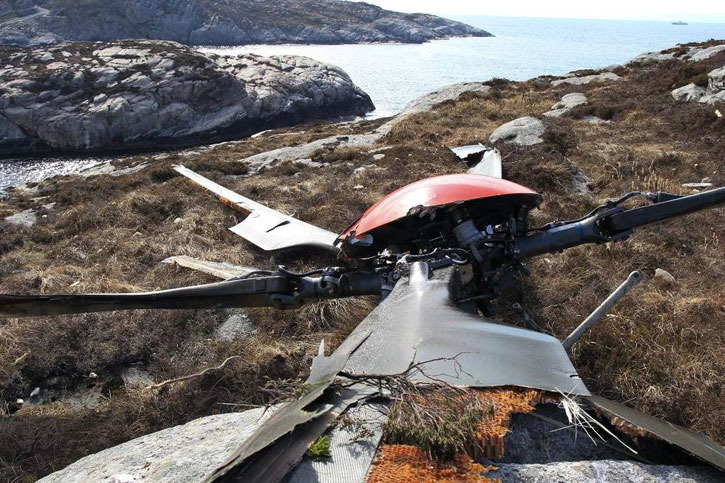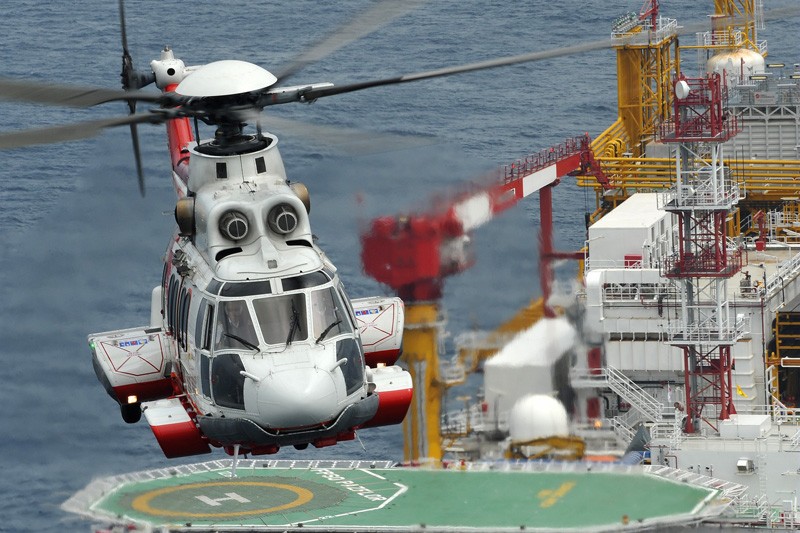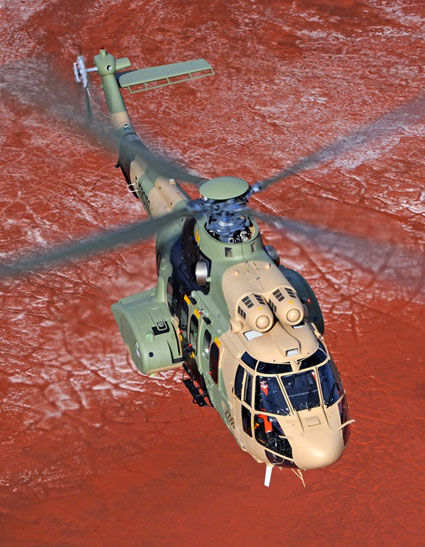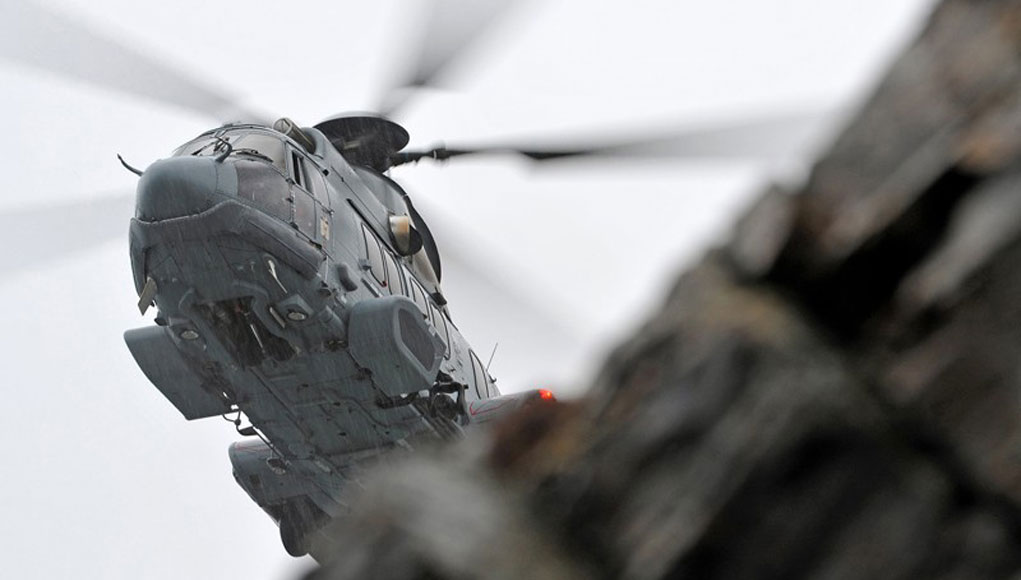Soon after the disastrous crash of an H225 helicopter near Turøy, Norway, which killed all 13 on board the aircraft manufacturer Airbus Helicopters lifted a temporary recommendation to ground the H225/EC225LP aircraft. A month later, following the preliminary findings of Norway’s Accident Investigation Board (AIBN), investigators are urgently requesting the European Aviation Safety Agency (EASA) to suspend the operations of the Super Puma H225 fleet. Anthony Tucker-Jones reports.
Can it be that stalwart of military airlift the Super Puma is finally losing its lustre amid mounting safety concerns? Only last year, as part of Eurocopter’s rebranding as Airbus, the Eurocopter EC225 Super Puma was renamed the H225.
The warning signs came earlier this year when Airbus announced it was cutting back production of its H225 by 50 per cent due to falling military sales.
Although military and civilian operators of the H225 are about 50:50, military sales are inevitably more important because of the unit numbers involved.
Airbus as with all other helicopter manufacturers is feeling the pinch because civilian demand has been cut by the depressed oil price. This inevitably was going to spill over into military procurement as well.

Sales of the H225M military variant are now grappling with a public relations disaster. Airbus acknowledges public confidence in the H225 has been seriously shaken after a series of unwelcome civilian accidents – the most recent in April this year off Norway.
The cause of the Norway crash, following the catastrophic loss of the rotor assembly has been put down to fatigue causing a main rotor gearbox failure Read more.
An H225 was lost due to pilot error in 2009; three years later two came down in the North Sea due to gearbox problems. The gearbox design was modified and that seemed to be the end of the matter.
As a result of the latest accident civil flight bans in the UK and Norway on the H225 and the AS332 variant of Super Puma could not have come at a worse time for Airbus. Public confidence has been so badly shaken there has even been a call for a permanent ban in the UK.
In the view of the UK Civil Aviation Authority the H225 and AS332 are the same thing. They took a similar approach in 2013.

The AS332 Super Puma is a proven military workhorse but the original design is almost 40 years old now, its much-upgraded predecessor the SA330 Puma even older. The AS332 has an extensive crash record with both military and civilian operators dating back to the late 1980s.
In recent years the Spanish Air Force lost two and an AS532 Cougar, military variant, crashed in France in 2012.
In light of this and ongoing safety concerns it is easy to see why potential military customers are very hesitant to commit with Airbus.
Brazil, with 50 H225M on order after receiving less than 50 per cent has put the brakes on further deliveries due to the state of its economy. For Airbus this is an unwelcome blow at a time when it is struggling to secure firm sales for 90 H225M to India, Kuwait and Poland – the latter accounts for 50 of them and Kuwait 24.

Last year after criticism of the selection process the Polish Government was threatening to pull out of the H225M deal. Singapore is also seeking a dozen new helicopters to replace its fleet of aging of AS332/532 – but may be now having second thoughts about going back to Airbus.
Reportedly the H225 is to stay in production until 2030 and it is planned there will be an overlap with its successor the proposed X6 – which has yet to leave the drawing board. In the meantime Airbus will need to work hard if military sales are ever to recover the growing scandal over the Norwegian crash. This poses the question has Super Puma had its day?




















